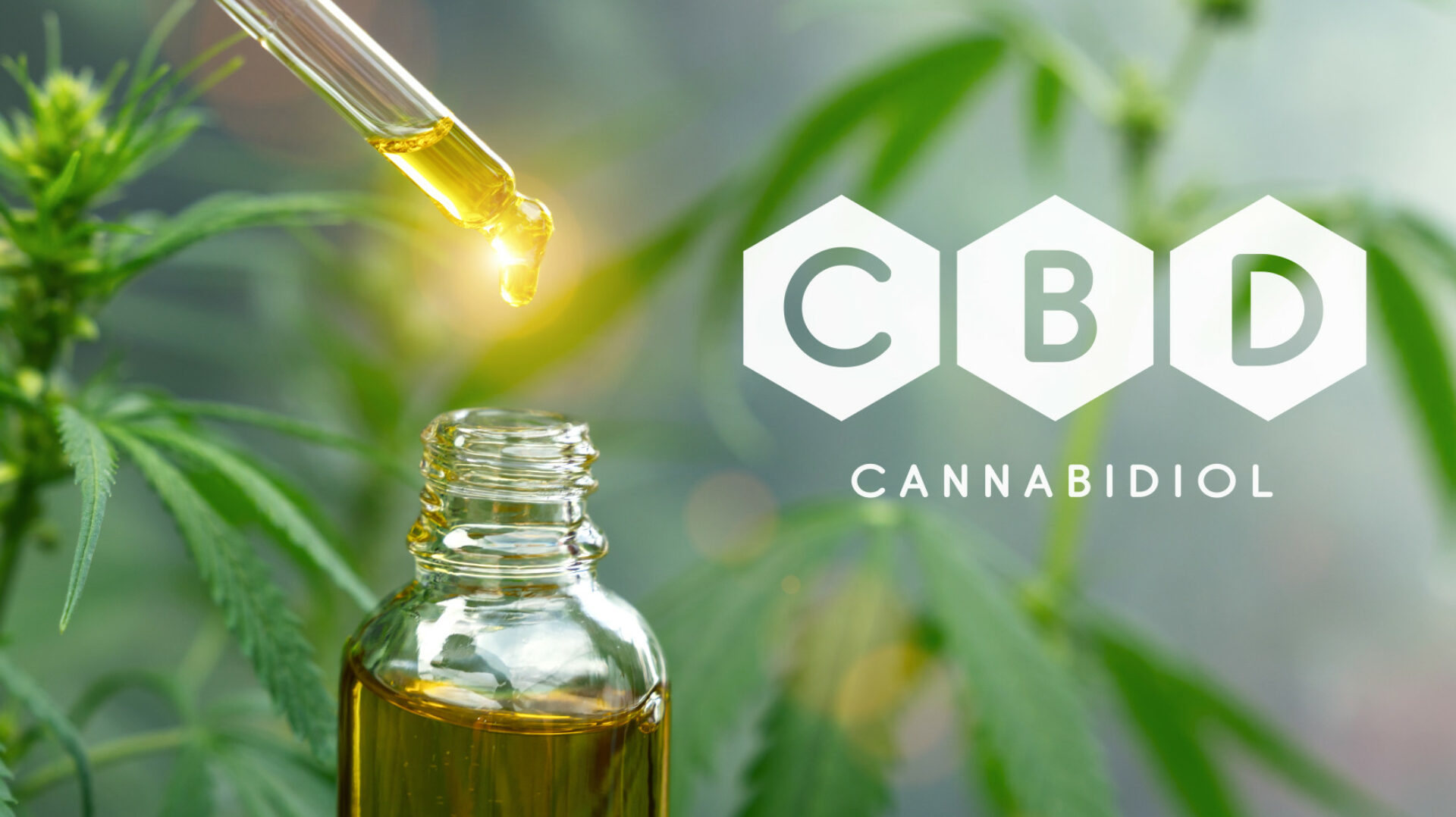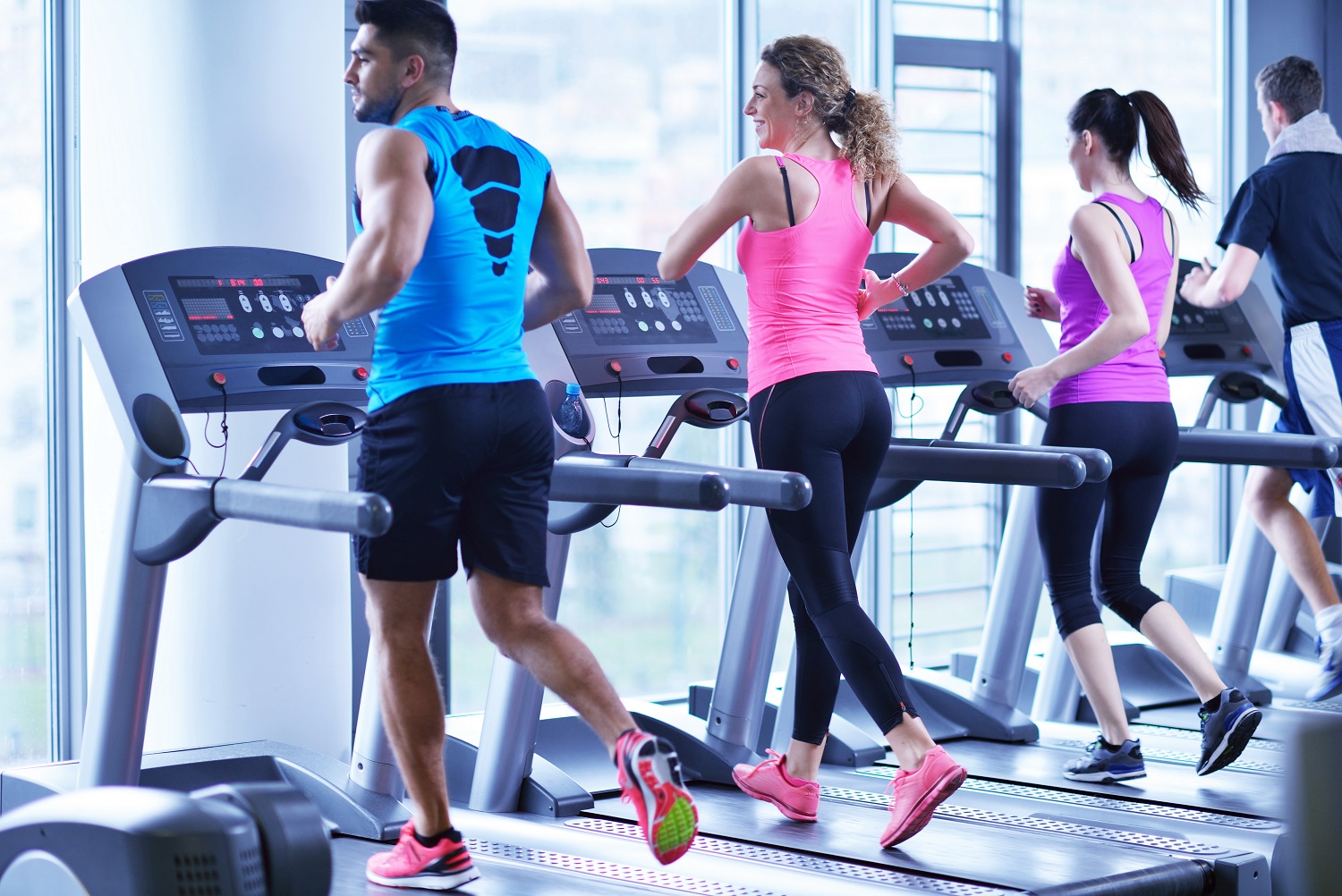Introduction
CBD (cannabidiol) has gained popularity as a potential supplement for fitness enthusiasts looking to enhance their performance, aid in recovery, and promote overall well-being. As a non-intoxicating compound derived from the cannabis plant, CBD offers several potential benefits, including anti-inflammatory, analgesic, and stress-relieving effects. This comprehensive guide aims to provide a thorough understanding of how to include CBD in your fitness regimen. We will explore its potential benefits, dosage considerations, legal aspects, different product formats, practical tips, and potential interactions with exercise-related factors. By incorporating CBD responsibly into your fitness routine, you can optimize your training, recovery, and overall fitness experience.
Understanding CBD
To effectively include CBD in your fitness regimen, it is crucial to understand what CBD is and how it interacts with the body. CBD is one of many cannabinoids found in the cannabis plant. Unlike its psychoactive counterpart THC (tetrahydrocannabinol), CBD does not produce a “high” effect. CBD interacts with the body’s endocannabinoid system, which plays a role in regulating various physiological processes, including pain perception, inflammation, and mood.
Potential Benefits for Fitness
CBD offers several potential benefits that can complement your fitness regimen. Its anti-inflammatory properties may help reduce exercise-induced inflammation and promote faster recovery. CBD’s analgesic effects may aid in managing workout-related pain and discomfort. Additionally, CBD’s potential anxiolytic properties may help reduce stress and anxiety associated with intense physical activity, promoting a more relaxed and focused state of mind.
Dosage Considerations
Determining the appropriate dosage of CBD for your fitness regimen requires individual consideration. Factors such as body weight, metabolism, tolerance, and the desired effect should be taken into account. Starting with a low dosage and gradually increasing it while closely monitoring the response is generally recommended. It is essential to find your optimal dosage and consider consistency in usage to experience the full potential benefits of CBD.
Legal Considerations
The legal status of CBD varies across different countries and regions. In some jurisdictions, CBD derived from hemp with low levels of THC is legally accessible, while in others, strict regulations govern its use. Familiarize yourself with the laws and regulations in your specific location to ensure compliance with local regulations and restrictions.
Different Product Formats
CBD is available in various product formats, allowing you to choose the most suitable option for your fitness regimen. CBD oils and tinctures are popular choices for sublingual administration, providing quick absorption and easy dosage control. CBD-infused topicals, such as creams or balms, can be applied directly to specific areas of the body experiencing pain or inflammation. CBD capsules or edibles offer a convenient and discreet way to consume CBD, although their onset time may be slower. Exploring different product formats allows you to find the one that best fits your preferences and desired application.
Practical Tips for Including CBD in Your Fitness Regimen
To effectively incorporate CBD into your fitness routine, consider the following practical tips:
- Choose high-quality CBD products from reputable brands that undergo third-party testing for potency and purity.
- Start with a low dosage and gradually increase it to find your optimal dosage.
- Time your CBD consumption to align with your fitness activities, such as taking it before or after a workout for potential benefits during exercise and recovery.
- Maintain consistency in CBD usage to experience its cumulative effects over time.
- Keep a journal to track your experiences, including dosage, timing, and perceived effects, to determine what works best for you.
Interactions with Exercise-Related Factors
It’s important to be aware of potential interactions between CBD and exercise-related factors. CBD’s potential calming effects may impact your energy levels and focus during workouts. Additionally, CBD may interact with other supplements or medications you are taking, so it’s advisable to consult with a healthcare professional or sports nutritionist to ensure compatibility and prevent any adverse interactions.
Conclusion
Incorporating CBD into your fitness regimen can offer potential benefits for performance, recovery, and overall well-being. By understanding the potential benefits, dosage considerations, legal aspects, different product formats, and practical tips outlined in this comprehensive guide, you can make informed decisions about including CBD in your fitness routine. Remember to prioritize quality, find your optimal dosage, and consult with professionals as needed. With responsible usage, CBD can become a valuable addition to your fitness journey, supporting your goals and enhancing your overall fitness experience.
- Exploring Kratom Capsules: My Fun Review of Just Kratom’s Top Picks - August 1, 2024
- Benefits of Gymmema Supplements - April 3, 2024
- Benefits of Glucosamine Supplements - April 3, 2024

